

Hello, buddies😃.I'm glad to see you via my next blog post🤩.The Flying Gurnard is another underwater monster that has been discussed in this blog.
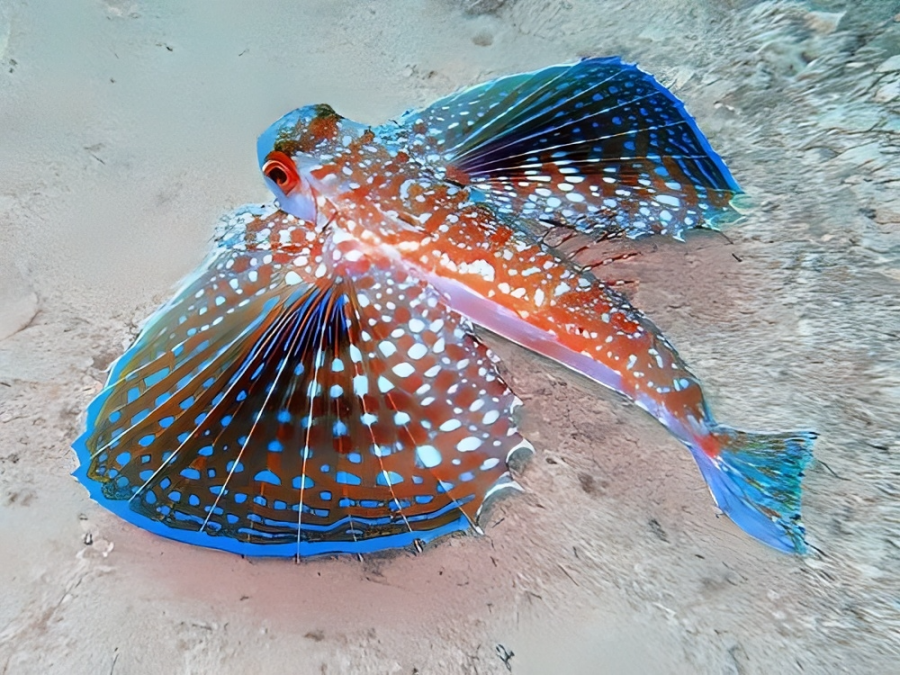
The bottom-dwelling flying gurnard, also called the helmet gurnard, inhabits in tropical to temperate waters on both sides of the Atlantic.
It may be found in the Caribbean and Gulf of Mexico, as well as Massachusetts in the north (rarely as far as Canada), and Argentina in the south.
In particular, the temperate regions of the Atlantic Ocean where the temperature ranges from 72 to 78 degrees F are ideal for Flying Gurnards.
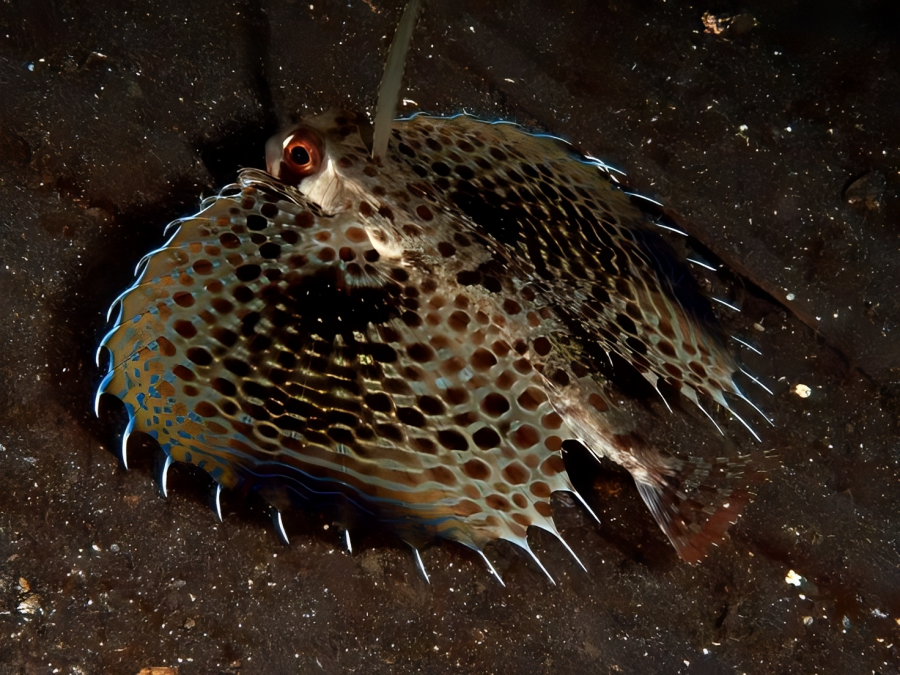
When looking for food, they are frequently observed on muddy, sandy, and rocky regions at depths of up to 328 feet in the ocean.
The male fertilizes the eggs externally to start the Flying Gurnard's life cycle.
The larvae emerge from the eggs after several months of traveling with the currents before landing on the ocean floor.
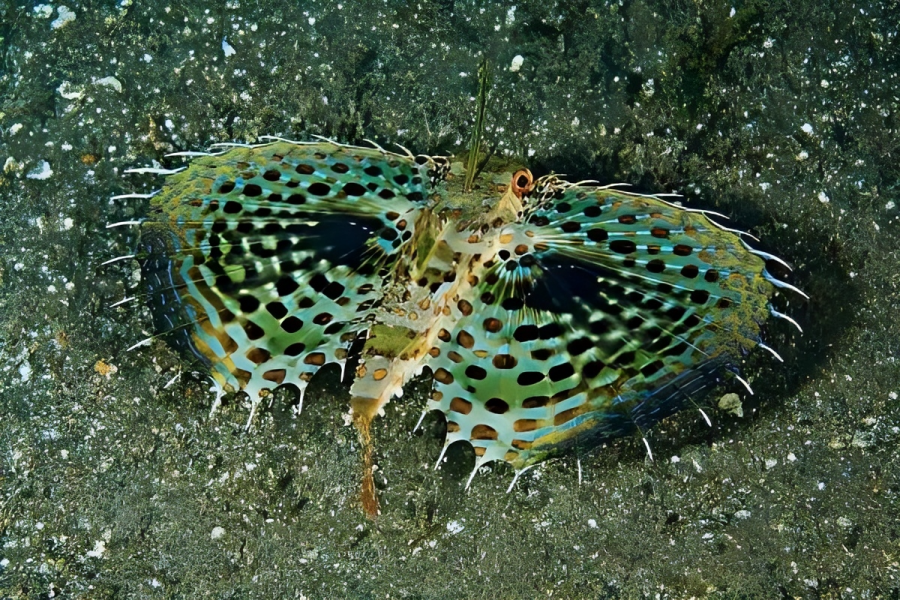
They get characteristic pectoral fins as they become bigger, which help them "fly" through the water.
Small bottom-dwelling fish, black worms, brine or mysis shrimp, and other meaty items make up the Flying Gurnard's diet.
The greatest size of a flying gurnard is 50 cm (20 inches).
They are bottom dwellers yet have the ability to briefly float above the water because to their spread-out pectoral fins.
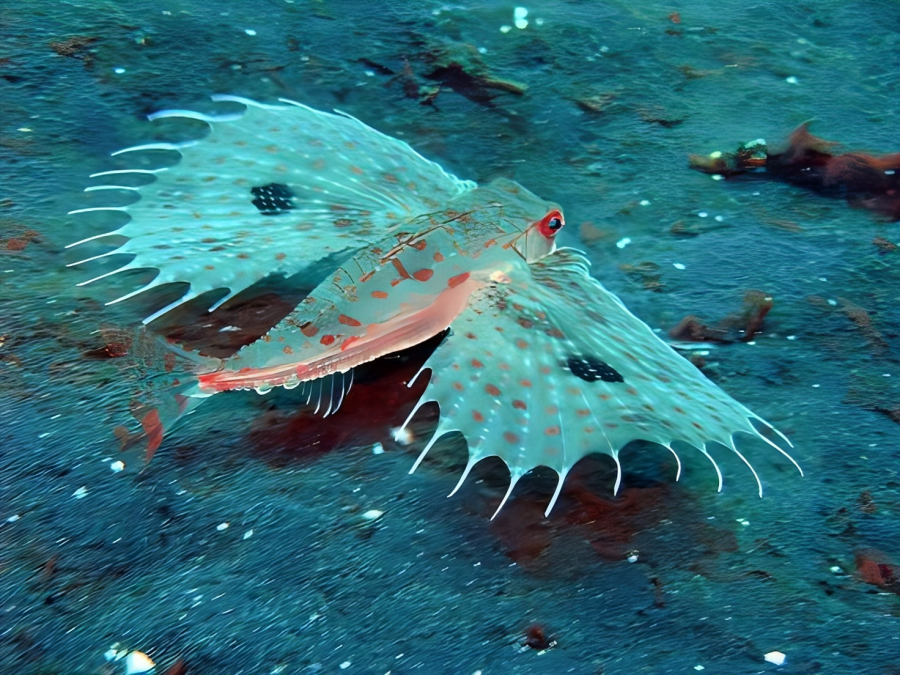
The flying gurnard is a common prey species for fish and even marine birds despite having an armored body.
Is Gurnard Toxic? Gurnards have sharp spines around their gills and dorsal fins that can emit poison even if their flesh is not deadly.
It is believed that their toxin is minor. If you receive an injection of sea robin poison, you might just have a little discomfort that goes away in two to three days.
The flying gurnard can "walk" on the bottom by alternately moving its short pectoral fin rays and pelvic fins, despite the fact that it cannot fly. This Indo-Pacific species can be found from Japan to the northern Indian Ocean.
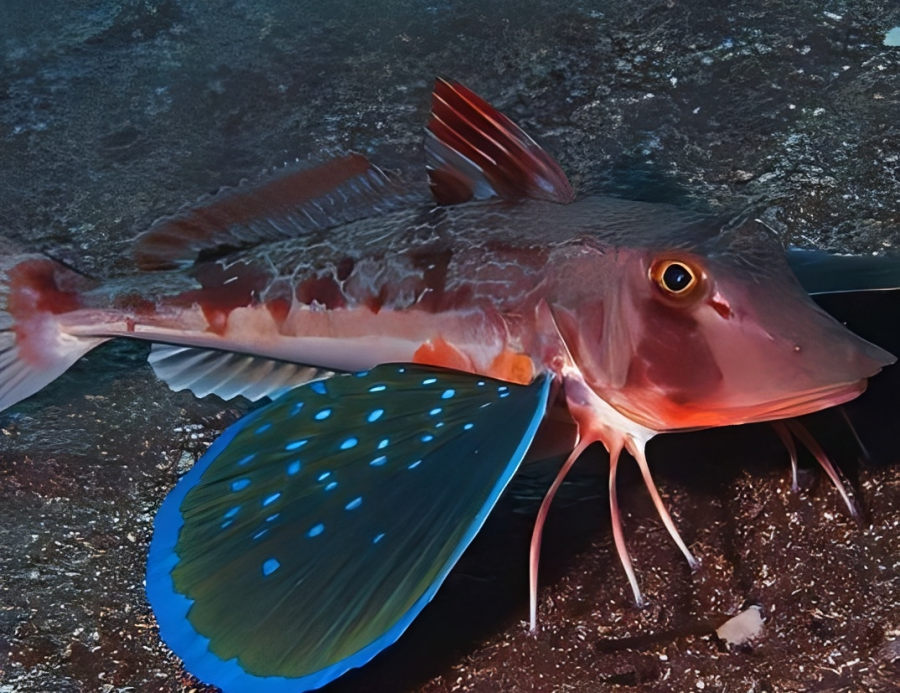
Fish that is highly rare is the flying gurnard. It has white markings on its grey to yellow-brown body.
Its largest distinguishing characteristic is its broad, fan-shaped pectoral (side) fins, which are similarly speckled and have blue edges and bases.
Appearance: In adults and juveniles of most species, the opercular spine is absent, the preopercular and post-temporal spines are substantially lengthened, and the ones of the skull are fused to create a bony helmet. The interorbital area is concave and broad. Small, almost horizontal, and subterminally subacute, the mouth. Jaw teeth have little grains.
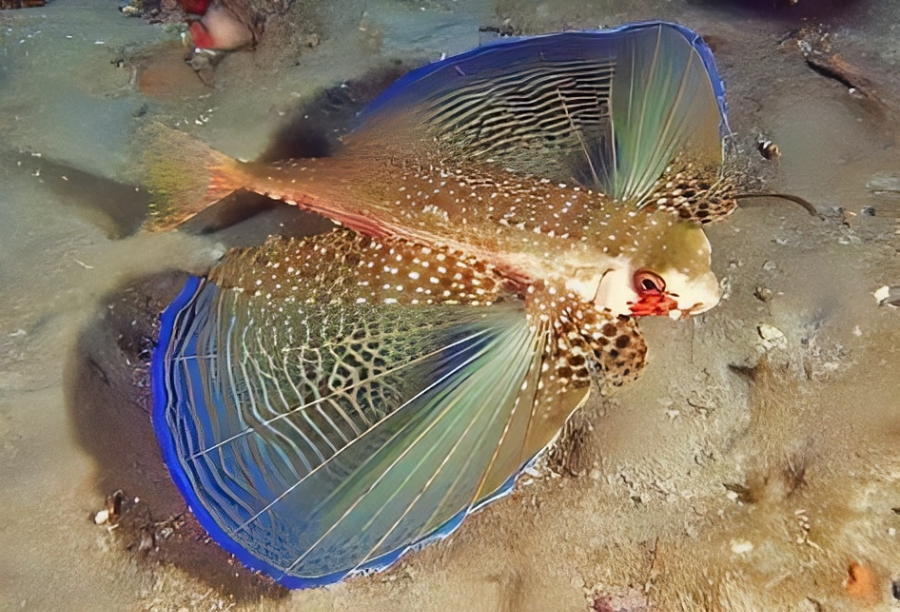
Sea perch, scorpionfish (because of their thickly armored heads), red ocean perch, and red rock perch are some of their other common names.
I hope you learn something new about flying gurnard fish🤩. If you are aware of this kind of information, please follow my candlemonk account✌️.
Thank you..,


